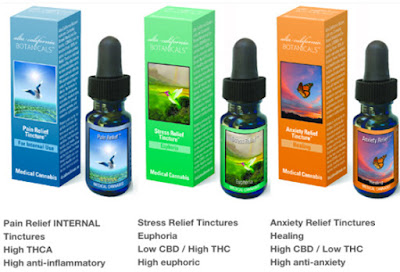Dr. Piomelli is a professor
of Anatomy & Neurobiology at the University of California,
Irvine. He runs the Piomelli lab which
researches the messenger molecules that affect the function of the
brain and organs. His goal is to understand how we experience pain,
feel anxious, crave food, our sleep patterns,
and inflammation as a result of brain signaling. Dr. Piomelli's
research has led him to become an advocate
for the use of medical marijuana.
Mapping the brai
n’s
signaling has led Piomelli's research to focus on the
endocannabinoid
system. Our bodies naturally produce cannabinoids that
work with the endocannabinoid system
in order to
regulate the messenger system in our body. Cannabis has cannabinoids
that attach to the same cell receptors
,
resulting in similar effects. By increasing or decreasing the
endocannabinoid system
, Piomelli is
discovering ways to treat pain, depression
,
and infla
mmation with the use of marijuana.
His results have proven to be
more effective
with
fewer negative effects than current
prescription drug medication.
Piomelli comes from
Naples, Italy; there his family
owned a pharmacy for over 400 years. Keeping with his family
tradition, Piomelli has taken pharmacology
further in the search for new drugs.
Piomelli states, "The study of the body's cannabinoid system
is relatively young, scientifically speaking, but it's presenting
promising opportunities for drug discovery... I feel we're on the
forefront of a new frontier." Piomelli has been studying the
endocannabinoid system since its discovery in the late 1980's.
In the 1990's
,
Piomelli published
research in the
scientific journal Nature
which discussed how the
endocannabinoid compound
‘anandamide’
is created. This “bliss molecule” triggers behavior with
appetite, motivation
, and pleasure.
Piomelli found that it helps
patients cope
with stress and depression.
Piomelli advocates for the
use of marijuana for medical purposes. He has also
lamented the struggle he’s faced while
researching marijuana due to its Schedule
I drug classification. Piomelli states that cannabis can be difficult
to dose correctly in its natural state as
each flower has a
different potency. Despite these
hurdles, he still finds marijuana to
be a powerful drug, meant to treat
many conditions.
Source:









